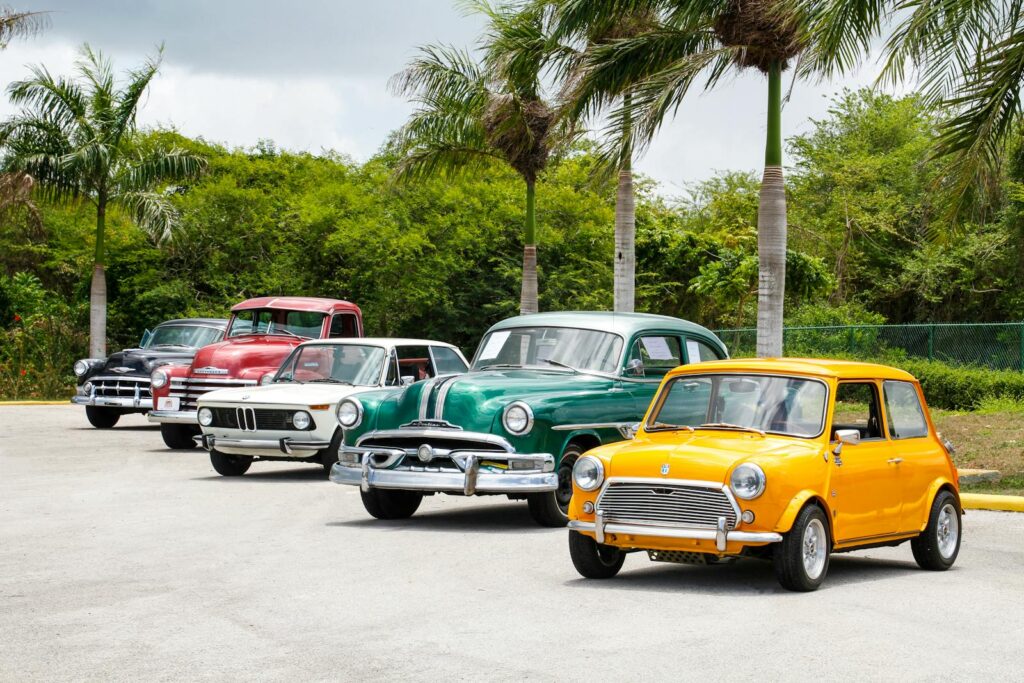
There’s a unique magic that happens when you get your first car. It’s more than just a set of wheels; it’s a rite of passage, a metallic confidant, and often, a catalyst for some of life’s most vivid memories and profound lessons. For many, like Aaron Miller, an automotive journalist, cars are deeply intertwined with the fabric of existence, weaving through pivotal moments with an almost mystical presence.
This isn’t just about horsepower or paint jobs; it’s about the emotional landscapes our vehicles help us navigate. From the exhilarating terror of learning to drive a stick shift to the quiet solace found on a late-night cruise, these machines become extensions of ourselves. They bear witness to our triumphs, our heartbreaks, and our fumbling attempts at adulthood, leaving an indelible mark on who we become.
We’re going to take a journey through 12 such profound lessons, drawn from personal stories and universal experiences. These aren’t just tales of old vehicles; they’re narratives of resilience, independence, connection, and growth, revealing just how much a rusty bumper or a sputtering engine can teach us about life itself.
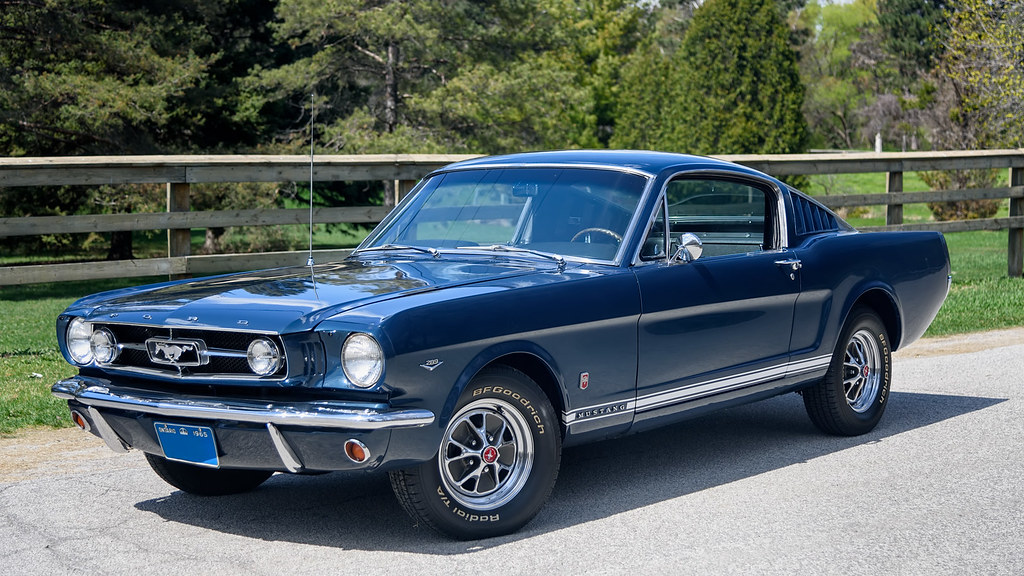
1. **The Unforgettable Start: Learning the Ropes**: That initial thrill, mixed with a healthy dose of terror, is something few of us ever forget when it comes to learning to drive our first car. Aaron Miller vividly recounts his first attempt to put his 1992 Mustang GT in reverse, ending up “peeling out and going 30 mph—backwards—in a parking lot.” The tire smoke cleared, leaving him shaking with a toxic mix of fear and frustration, almost ready to quit and be “condemned to automatic transmissions.” This visceral experience highlights the steep learning curve.
Fadra Nally, too, learned the invaluable skill of driving a stick shift in her 1973 Powder Blue Volkswagen Super Beetle. She notes how a manual transmission “ensured I couldn’t do something else while driving.” This wasn’t just about mastering a skill; it was about focused engagement, a lesson in being present behind the wheel. The early struggles, whether it’s a near-miss in reverse or the coordinated dance of clutch and gear, often lay the foundation for a deeper understanding of control and consequence.
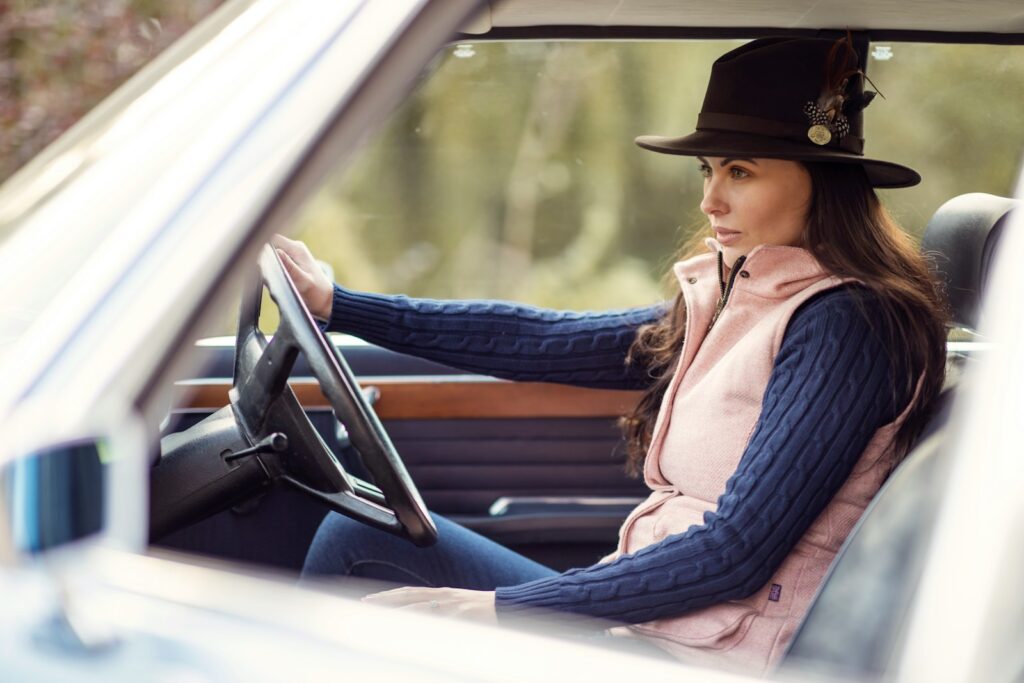
2. **A Symbol of Freedom and Adulthood**: More than anything, a first car represents freedom. Sean Grover, L.C.S.W., emphasizes that a first car “represented one thing most: Freedom.” It arrives during adolescence, a period defined by the psychological task of separating and individuating from parents. The car becomes the key that unlocks a world of possibilities and choices, liberating you from dependence on parental rides to the mall or embarrassing drop-offs in front of friends.
Fadra Nally perfectly encapsulates this sentiment, remembering the feeling of driving her Bug, “by myself, for the first time. Freedom! I could go to Taco Bell By. My. Self!” This simple act, once requiring negotiation and schedules, transforms into a spontaneous personal choice. It’s a significant step toward adulthood, a tangible symbol that declares, “Look out world, here I come!”—a sentiment echoed by the very existence of a driver’s license.
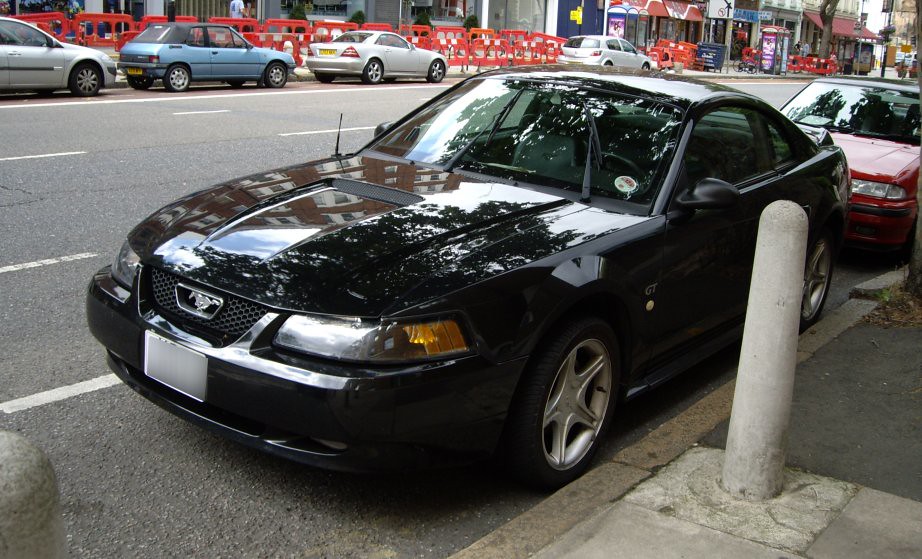
3. **The Unexpected Companion: More Than Just Metal**: For many, a first car transcends its mechanical purpose, becoming a true companion and confidant. Aaron Miller loved and hated his Mustang GT, Blue, “like a family member,” noting its “preordained and mystical presence” in his life. This deep emotional bond is a common thread; cars aren’t just appliances, but vessels for our journeys, both physical and emotional.
Sean Grover highlights that your first car offered “solace—a chance to be alone with your thoughts and feelings as you piloted through the world and explored new horizons.” It becomes a sanctuary, a private mobile space where one can simply be, process emotions, or even conduct teletherapy sessions without worrying about eavesdropping. Like a good friend, it carries you to places you long to be and brings you home again safely, solidifying its role as an intimate and supportive presence.

4. **Life’s Curveballs and Mechanical Lessons**: First cars, especially used ones, often come with their share of quirks and mechanical misfires, offering an education in problem-solving and preparedness. Aaron Miller’s first date ended with the “heart-sinking sound of a dead battery,” an experience that quickly taught him “how to replace an alternator.” These unexpected breakdowns aren’t just inconveniences; they’re hands-on lessons in basic mechanics and self-reliance.
Fadra Nally’s 1973 VW Beetle, a self-described “wreck,” taught her about preparedness. The vents pumped heat in summer and cold in winter, leading her to keep a wool blanket in the car. To this day, she still keeps supplies for winter weather emergencies, a habit born from necessity. Sean Grover’s own 1972 VW Beetle, purchased for $900, had shot brakes, bubbling rust, and a leaky floor, forcing him to learn how to “dodg[e] puddles in the rain to avoid water splashing onto my sneakers.” These imperfections force adaptability and ingenuity, transforming drivers into accidental mechanics and resourceful problem-solvers.

5. **Building Bonds and Shared Memories**: First cars are hubs for social connection and the creation of unforgettable shared memories. Aaron Miller’s Mustang played an integral role in his love life, from a short-lived relationship sparked by a dead battery to dating a fellow Mustang owner, and eventually marrying another who also owned a 1992 Mustang, acquired on the exact same day. These shared automotive experiences created a unique bond.
Beyond romance, cars foster camaraderie. Sean Grover explains that owning a car makes you “a member of the car owners club,” where you “could complain about gas prices, swap stories, and learn how to change oil.” It gives a “context for conversation and connection.” For Fadra Nally, the ability to pile friends into her “clunky” station wagon for “late-night runs” highlights how these vehicles, regardless of their ‘cool’ factor, become stages for shared adventures and intimacy, a “private mobile space all your own” for long talks and memorable moments.
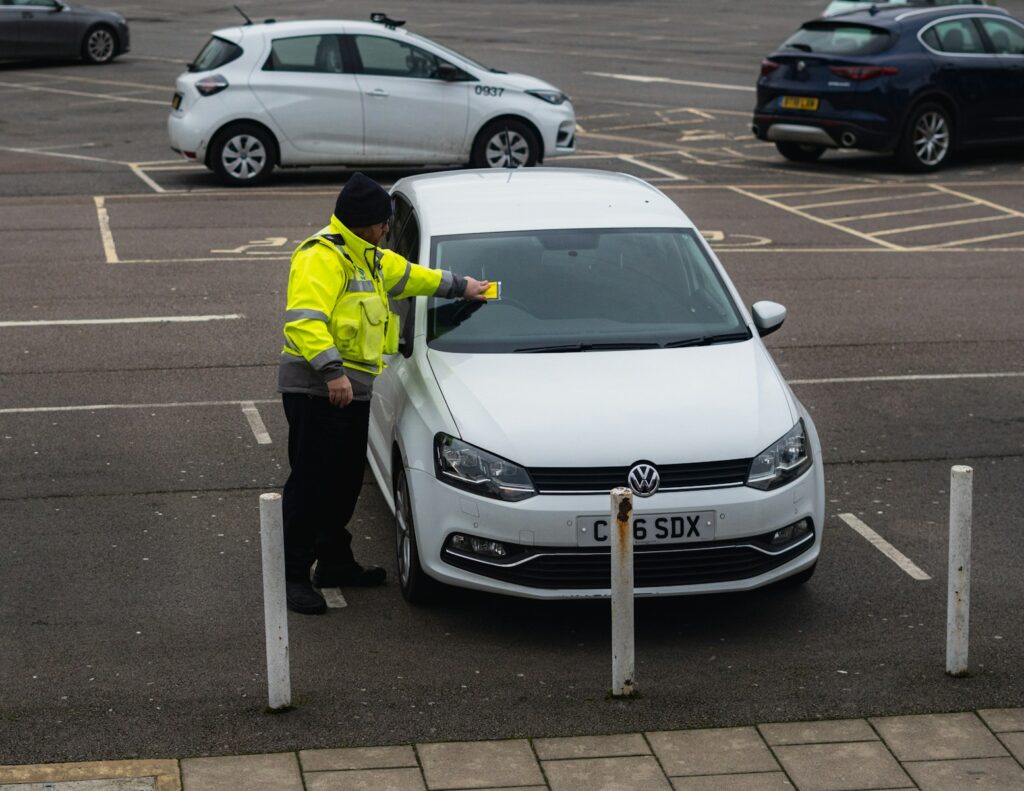
6. **The School of Hard Knocks: Practical Wisdom**: Beyond mechanical skills, a first car often delivers crucial life lessons about responsibility, consequences, and dealing with authority. Fadra Nally learned the hard way that “futzing with your radio instead of keeping your eyes on the road is a good way to get pulled over by the police.” This immediate feedback on distracted driving instilled a practical wisdom about road safety.
Aaron Miller’s mother, pulled over for speeding in Blue, used the moment to teach him a powerful lesson about judgment. When the officer, profusely apologetic upon seeing her chemo-bald head, tried to give her a warning, she insisted on a ticket. Her intention was clear: “people will judge me based on the car I drive just like so many judge based on clothing or skin color.” She got a ticket; he got the message. These moments, often uncomfortable or challenging, impart deep, lasting lessons that extend far beyond the asphalt.
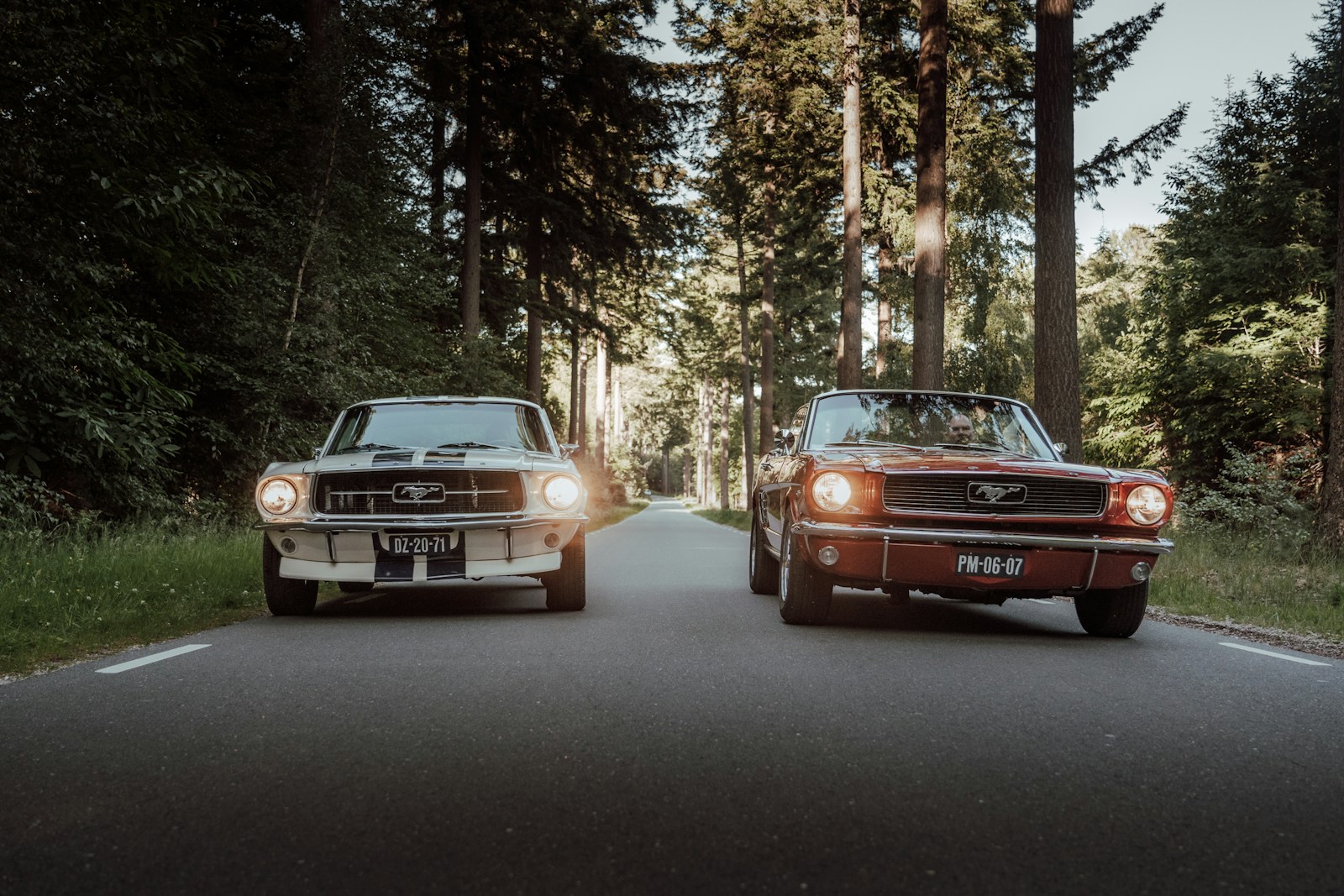
7. **Blue as a Barometer of Well-Being and Loss**: Aaron Miller’s story takes a deeply poignant turn, revealing how a first car can become an uncanny barometer of our inner well-being, especially during times of immense personal tragedy. Just a month after he bought his beloved Blue, his mother was diagnosed with Stage 3 Inflammatory Breast Cancer. The car, meant to be a symbol of his newfound independence, became intertwined with the grueling journey of her illness, culminating in her driving an Emerald Green 1992 5.0L LX Mustang, bought by Aaron and his dad, “right up until her body was too weak to push in the clutch.” This initial connection to loss set a precedent for Blue’s role as a silent witness to profound grief.
The emotional weight deepened significantly with the tragic loss of Aaron’s father, who ended his own life after a spectacular crash involving one of his Mustangs. Aaron candidly reflects, “My own mental state took a nosedive—losing both parents between the ages of 19 and 21 will do that to you—and Blue took a beating as well.” This brutal honesty illustrates a universal truth: when our world crumbles, the things we cherish often reflect that disarray. Blue, once a “cool and immensely popular car,” was neglected, left to “live on a farm for a couple of years,” sitting in a barn then exposed to the harsh Texas weather, transforming into “a weathered and beaten junker.” The car’s deterioration mirrored Aaron’s internal turmoil, becoming a stark, physical manifestation of his profound sorrow, a true “Picture of Dorian Gray” where the car bore the scars of his unseen suffering.
Whether it was the exhilarating “Freedom! I could go to Taco Bell By. My. Self!” that Fadra Nally cherished in her Bug, the complex lessons of love and loss learned from Aaron Miller’s Blue, or the practical wisdom gleaned from a rusty pickup, these vehicles were always far more than mere transportation. They were, as Sean Grover aptly describes, “deliverance and opportunity rolled into one,” offering adventure, fostering camaraderie, bestowing ownership, and providing a private sanctuary for intimacy and solace. They taught us responsibility, resilience, the profound value of independence, and the irreplaceable comfort of connection. Ultimately, our first cars are not just memories on wheels; they are enduring monuments to our personal histories, teaching us profound truths about ourselves, the world, and the ever-present, bittersweet hum of nostalgia, forever woven into the intricate fabric of who we become. They are a testament to the fact that sometimes, the most imperfect, clunkiest, or temperamental machine can teach us the most beautiful, lasting lessons about life itself.



